Inside: Here are 6 amazing outdoor games from history to rekindle and play with your family. From Jacks to marbles to hopscotch, jump rope, yo-yos, and more!
Games from History Played by Your Ancestors
Have you ever shared any games from history that you played as a child with your kids or grandkids?
If not, you should…
Let’s bring back these outdoor games from history that our ancestors played and play them again! It’s a great way to create legacies and trigger memories. And best of all, they help connect the past to the present in lasting ways.
I grew up in the 50s and 60s. We didn’t have cell phones, the Internet, computers, or video games. But we had amazing outdoor games that we played with the neighborhood kids and our school friends.
Some of these games are still played today—but most are not as competitive or popular as they were when we were kids.
My favorites—jacks, hopscotch (using a hoppy taw), marbles, yo-yos, hula hoops, and jump rope—all “oldies but goodies!”
Here are a few important skills learned when playing these games:
- Socialization skills
- Gross and fine motor coordination
- Hand-eye coordination
- Bilateral coordination
- Sensory skills
- Timing and spatial skills
Below is a brief history of how to play each game, links to purchase, and a short video to demonstrate each game. Thankfully, you can still buy these games—even in vintage condition!
Let the fun begin!
#1 The Game of Jacks
“Jacks” have been played for over 2000 years by kids all over the world, so more than likely you had a bunch of ancestors who played this game.
The name “Jacks” comes from the word “chacktones’ or stones to be tossed. Originally, children used pebbles or sheep knucklebones. Later they used a wooden ball.
Today it’s played with a small rubber ball and a set of jacks that includes ten-pronged metal pieces.
Here’s how I played the game as a child:
Player #1 throws down the 10 jacks on a flat surface. She tosses the ball into the air with the right hand and with the same hand, quickly grabs one jack after the ball bounces one time. Then she grabs the ball. She repeats this until all the jacks are picked up.
In the next round, the player picks up 2 jacks at a time; repeating the same procedure. Then it’s 3 jacks, then 4 jacks, and so on until she picks up all 10 jacks in one swoop. We called it “onesies,” “twosies” and so on to “tensies.”
If she misses at any time, it’s the next player’s turn.
Jacks was a competitive game that we played at school. Our goal was to be the “Jack Champion” of our group. My mother, grandmothers, and great-grandmothers all played Jacks!
Purchase Jacks here
Click here to watch a demonstration on how to play Jacks
#2 Games from History: Hopscotch
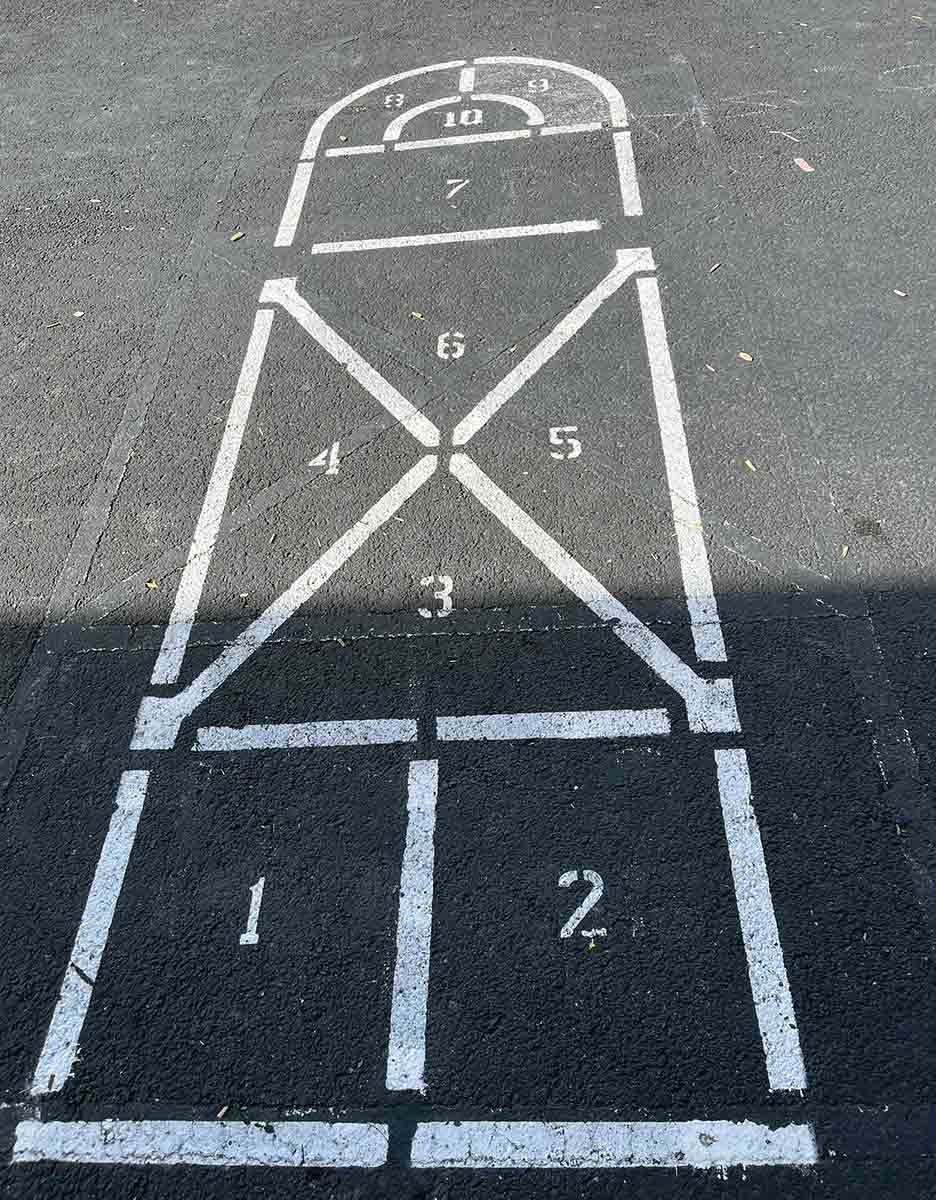
This is a picture of the hopscotch board I played on as a child–except the 8-9-10 numbers are not correct.
As a child, I LOVED the competitive game of hopscotch! And anyone growing up in Salt Lake City, Utah had a hoppy taw to play the game with. (More about hoppy taws below).
The history of hopscotch is as varied as the game itself. Just about every country has its own version of hopscotch.
Some historians say that hopscotch began in ancient Britain during the early Roman Empire. Others date hopscotch to 1677 while other historians say the game was invented by the Chinese.
Depending on where you live, the hopscotch board can be very different. My parents and grandparents played hopscotch but I learned the game at school.
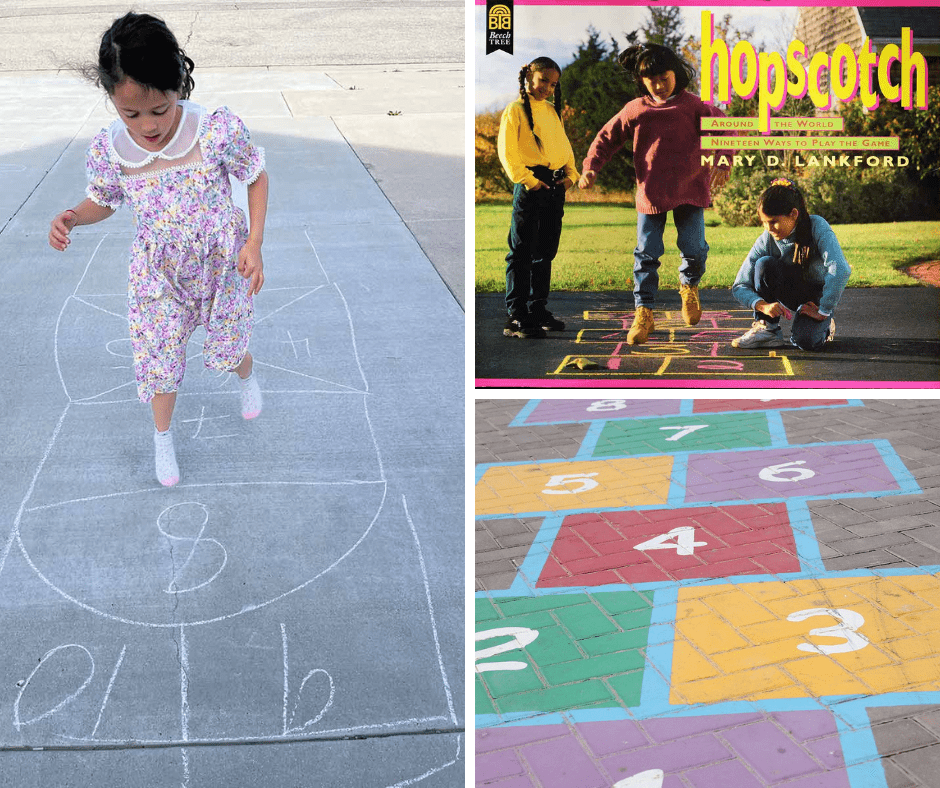
I taught my granddaughter to play hopscotch on the same board as I learned as a child–and using a hoppy taw!
Here’s how I’ve taught my grandkids to play hopscotch.
- Each player throws a hoppy taw onto square #1.
- Using one or two feet, they hop on the numbers to square #10.
- On their way back to square #1, they pick up the taw on one foot and jump out.
- Then they toss the taw on square #2 and repeat the process to square #10.
- When they throw the taw on a square and it lands on a line or someplace other than the square, they lose a turn.
- With each player’s turn, he/she picks up where they ended their last play
- The goal is to be the first to complete all 10 squares
What is a Hoppy Taw?
If you grew up in Salt Lake City, Utah (preferably in the Sugarhouse area) you KNOW what a hoppy taw is.
Hoppy Taws, LLC has been an SLC business since 1953. These round rubber-weighted disks were made to use when playing hopscotch. They are much more effective than using a chain or rock. Hoppy taws stay PUT once you throw them on any hopscotch square.
On the back of each hoppy taw is a diagram of the hopscotch board we played on.
I had 3 hoppy taws that I kept in a pouch and took to school every day to play hopscotch.
Most people I talk to about Hoppy Taws outside of SLC, have no clue what they are. So, if you want to play hopscotch the “real” way—purchase hoppy taws for your kids and grandkids.
A fun legacy to pass on to the next generation!
Purchase hoppy taws here
Check out this great book about the history of hopscotch all over the world: Hopscotch Around the World by Mary D. Lankford
#3 Marbles
No one knows when or where the game of marbles originated. They were played by Native American tribes; found in the ashes of Pompeii and the tombs of Egyptians.
They were first mass-produced by Sam Dyke of Akron, Ohio who invented a wooden block with six grooves that each held a lump of clay. His company cranked out 1 million marbles each day.
Next came the mass production of glass marbles invented by M.F. Christensen. The design of his marble machine is still used today.
The game of marbles was popular through the 20th century and continued to be popular in the 1970s, but today, its popularity has waned.
Growing up, I had a pouch of marbles I played with at recess and with the kids in our neighborhood.
We played “for keeps” meaning any marbles you knocked out from your competitor in the game were yours to keep. My dad, uncle, and grandfather loved to play marbles–and they taught me the game.
Marbles had certain names that we called them:
- Shooter–larger marble to knock the marbles out of the circle
- Steelies were marbles made of steel and came in different sizes (I loved my steelies)
- Aggies were marbles made from agate
- Alley, shooter or taw was a marble made of alabaster
- Bumblebees were yellow, and black striped marbles
- Jaspers were blue marbles
Click here to purchase a set of marbles
Watch the video on how to play marbles.
#4 Yo-yos
Yo-yos date back to 440 BC. Ancient paintings from Greece show boys playing with yo-yos; a picture of King Louis XVII shows him playing yo-yo as a child and another painting shows Napoleon throwing a yo-yo prior to entering the battle of Waterloo.
And in 1985, astronauts from the Space Shuttle Discovery brought yo-yos on their mission.
But the person that made yo-yos famous was Donald Duncan who in 1928 created a yo-yo after seeing a street entertainer using one. He advertised the yo-yo in newspapers across the United States and created competitive yo-yo contests for children to enter.
All of this put Duncan on the map and today we still associate yo-yos with the famous Duncan yo-yo!
Yo-yos bring hours of fun to kids. If you played with yo-yos, start a legacy and pass the game down to the next generation. And my ancestors 5 generations back played yo-yos!
Click here to purchase a Duncan yo-yo.
Click here to see a demonstration of how to play yo-yo.
#5 Games from History: Jump Rope
Jump rope is one of those games from history that can be traced back to 1600 AD when Egyptians used vines for jumping. And believe it or not, it first started out as a man’s game! Not so anymore—girls play it as much or more as boys!
I played jump rope in grade school and it was competitive, but today it is VERY competitive. There are jump rope organizations, clubs, and teams in 38 countries.
It’s also a game that can improve coordination, exercises your feet, and strengthens muscles in your ankles. Ten minutes of jump rope will burn 200 calories and is equal to 30 minutes of running at a 5.7 mph pace.
As a young kid, I played all the different jump rope games complete with rhyming songs, and depending on the song and what was said, the kids twirling the rope would twirl it faster. Anytime the twirlers said, “chili hot peppers” they would twirl the rope super-fast and you had to jump super-fast to keep up!
Some of the rhyming songs included
- Cinderella
- I Like Coffee
- Spanish Dancer
- Teddy Bear, Teddy Bear
- Blue Bells Cockle Shells
We also played double Dutch which is played with two ropes that are turned in an eggbeater fashion and you jump in the middle with 2 other people. It was Dutch colonists who brought the two-rope version to America in the 1600s—and it’s why it’s called “double Dutch.”
Both my grandparents played jump rope and taught me!
Click here to purchase a jump rope
Click here for a jump rope demonstration.
#6 Games from History: Hula Hoop
Did you have a hula hoop growing up? It was one of my favorite toys!
In 1958, Wham-O Toy Company created a hula hoop out of plastic after seeing them played with by kids in Australia. A whopping 25 million hula hoops were sold for $1.98/each in the first 4 months of production. Kids all over the US wanted a hula hoop—including me!
I remember you had to have good “hip action,” to keep the hula hoop twirling. I got so good at it, that I also twirled it around my neck.
The popularity of hula hoops began to wane in the 1980s, but the band, “The String Cheese,” brought the hula hoop back to popularity and many of their fans brought hula hoops to their concerts.
Hula hoops ranged in size from 28-39 inches (70-100 cm) and today there are nationwide festivals celebrating hula hooping.
Click here to purchase a hula hoop.
Click here to learn how to hula hoop.
What was your favorite outdoor game as a child? Did you play any of the games mentioned here? If so, have you taught your kids or grandkids how to play? Please comment in the section below.
More ancestor posts:
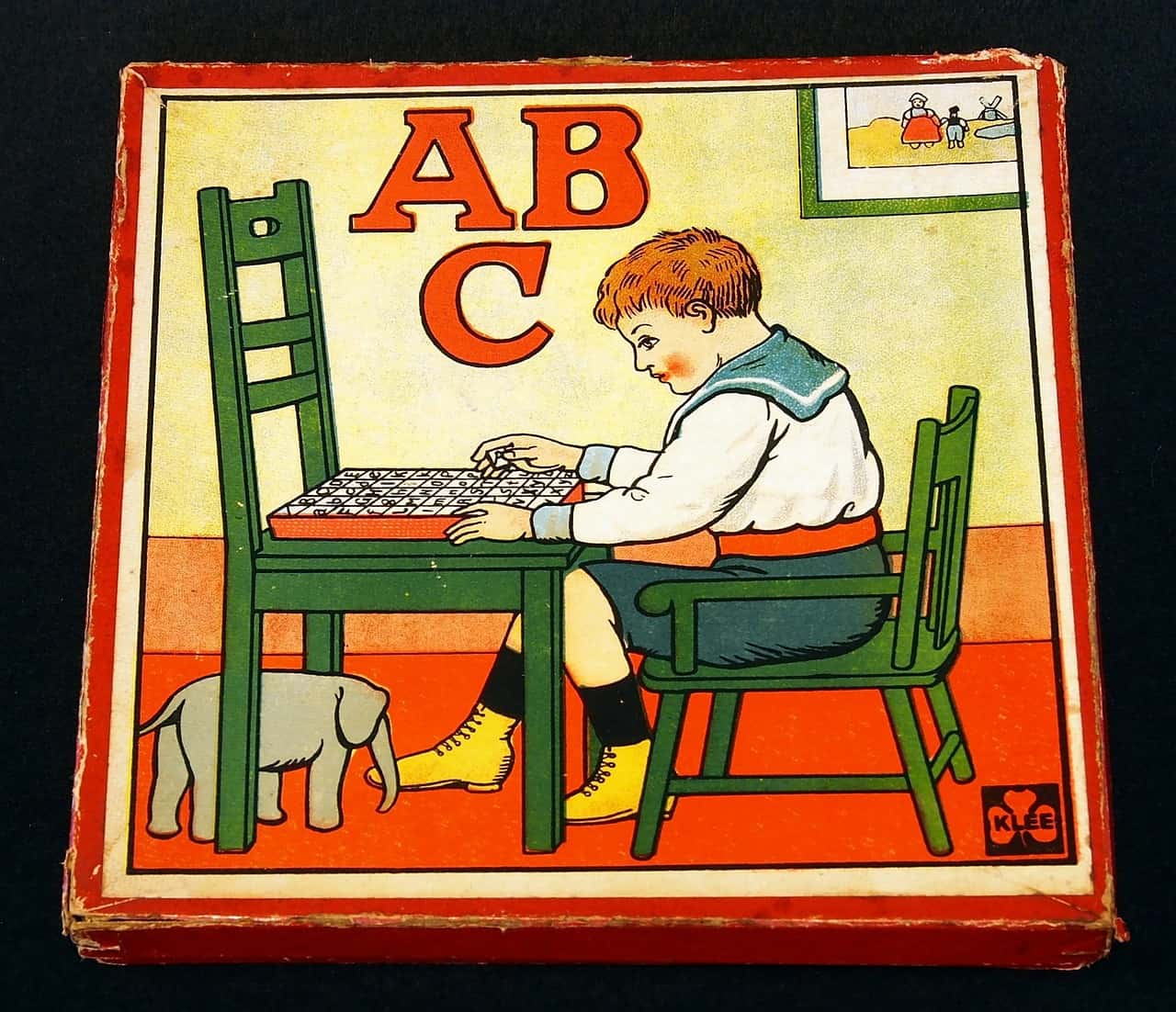
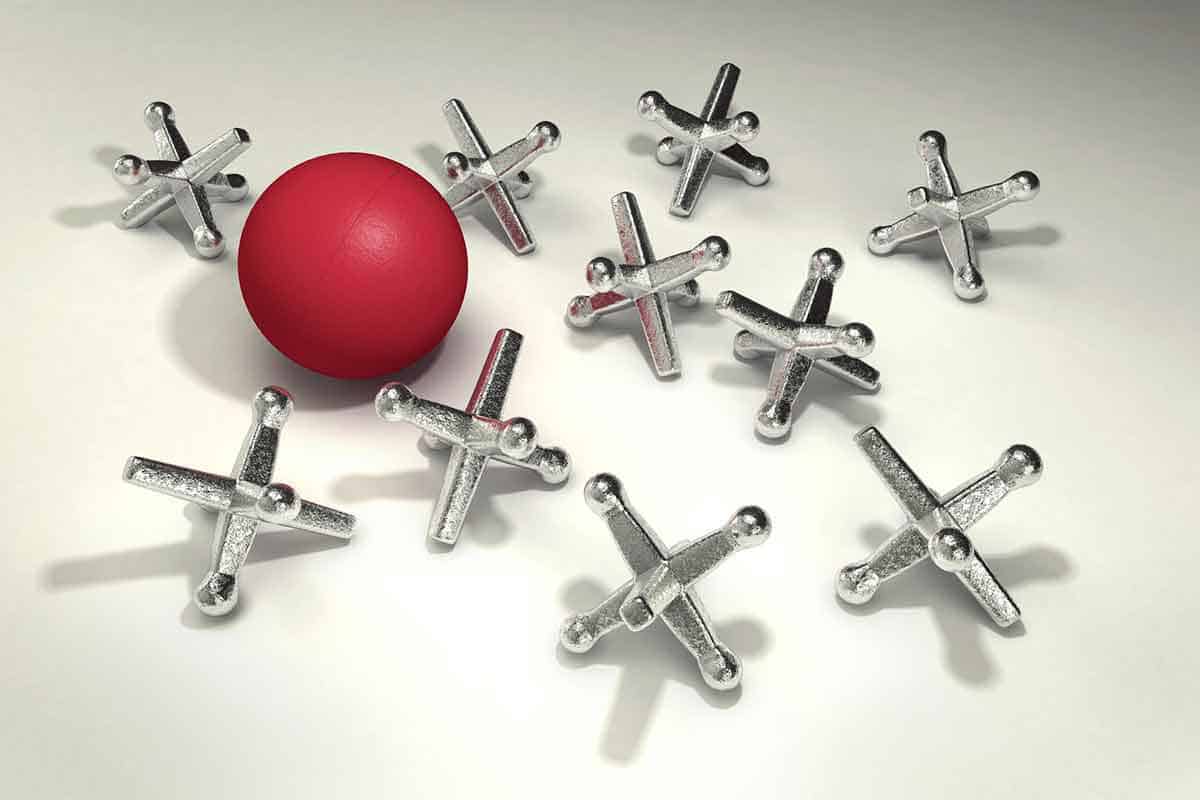
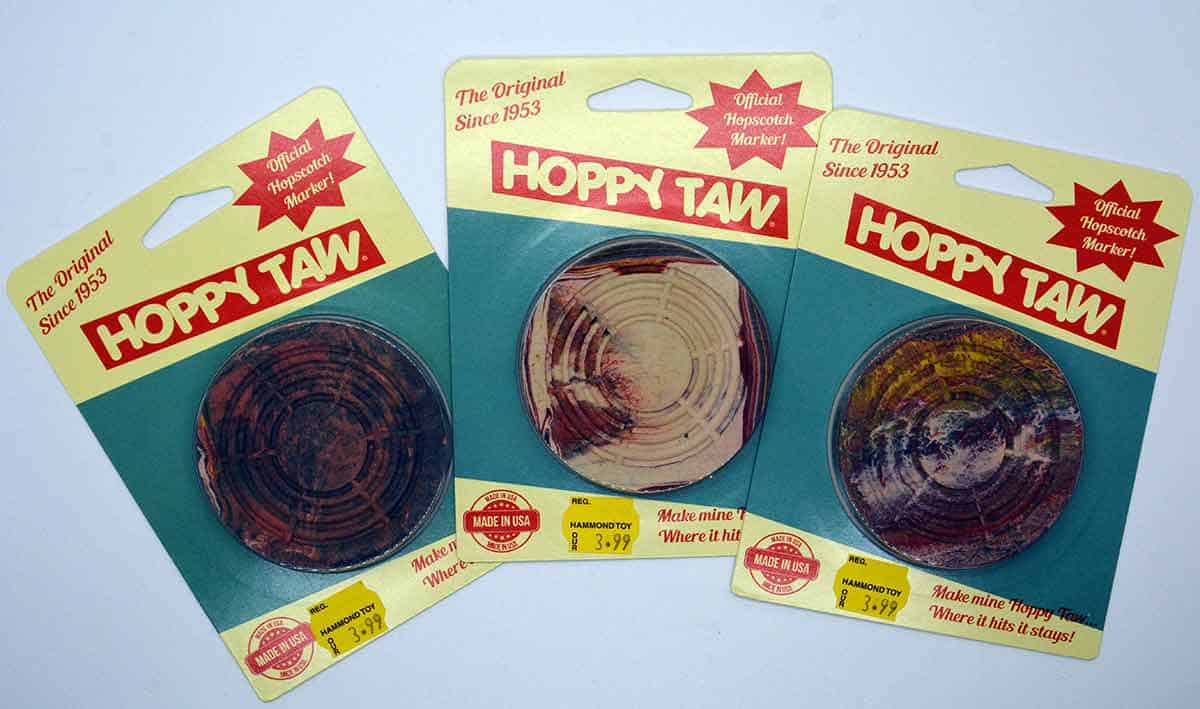
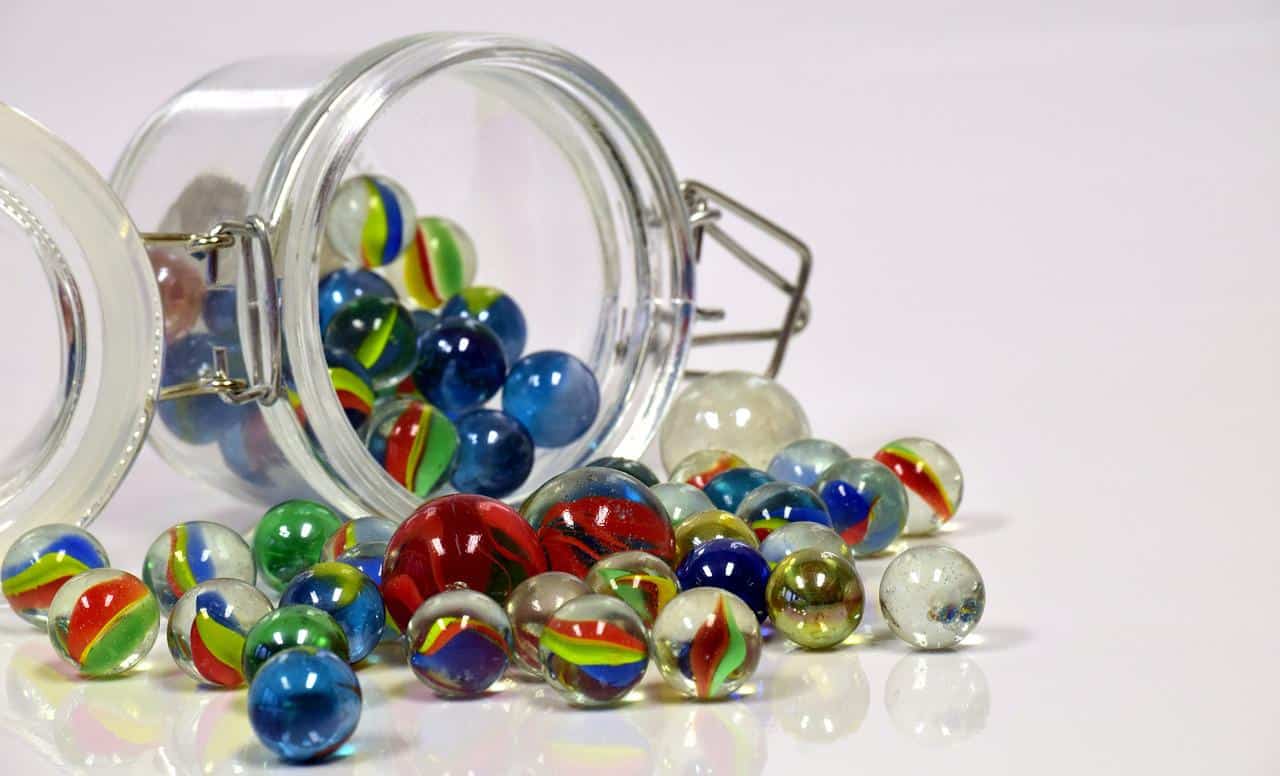
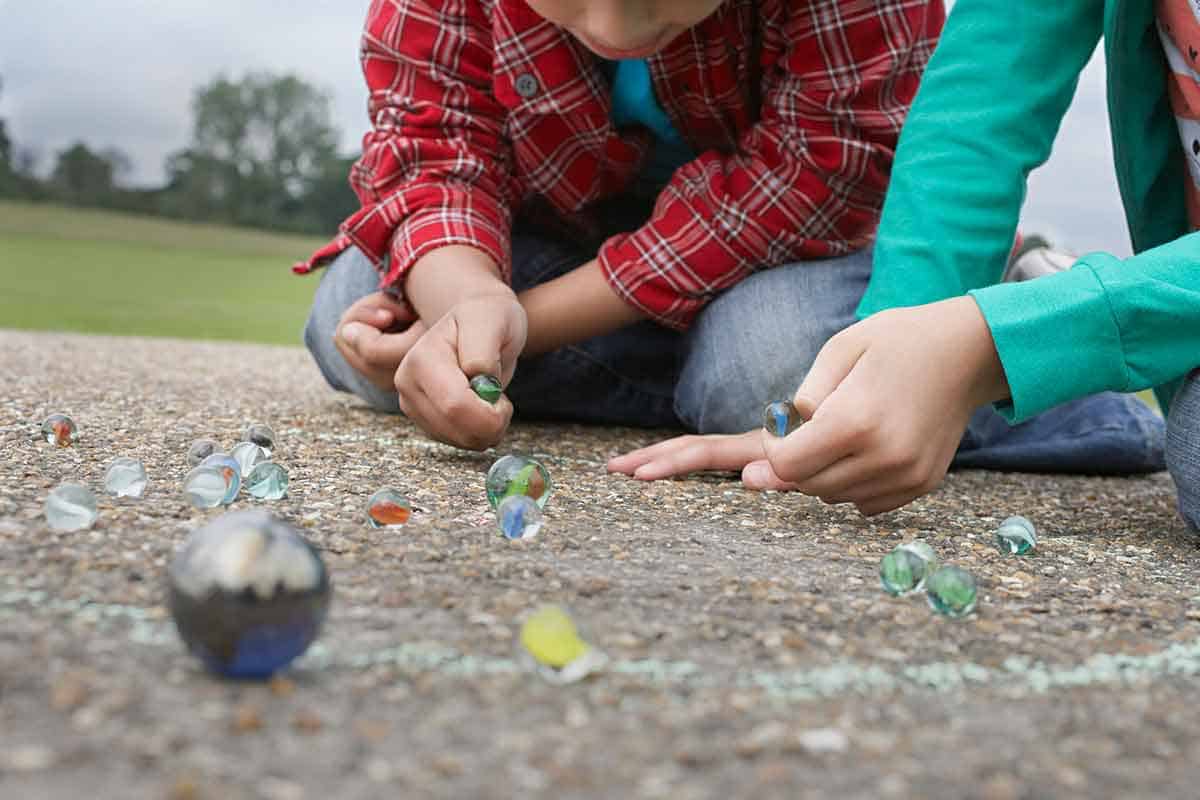
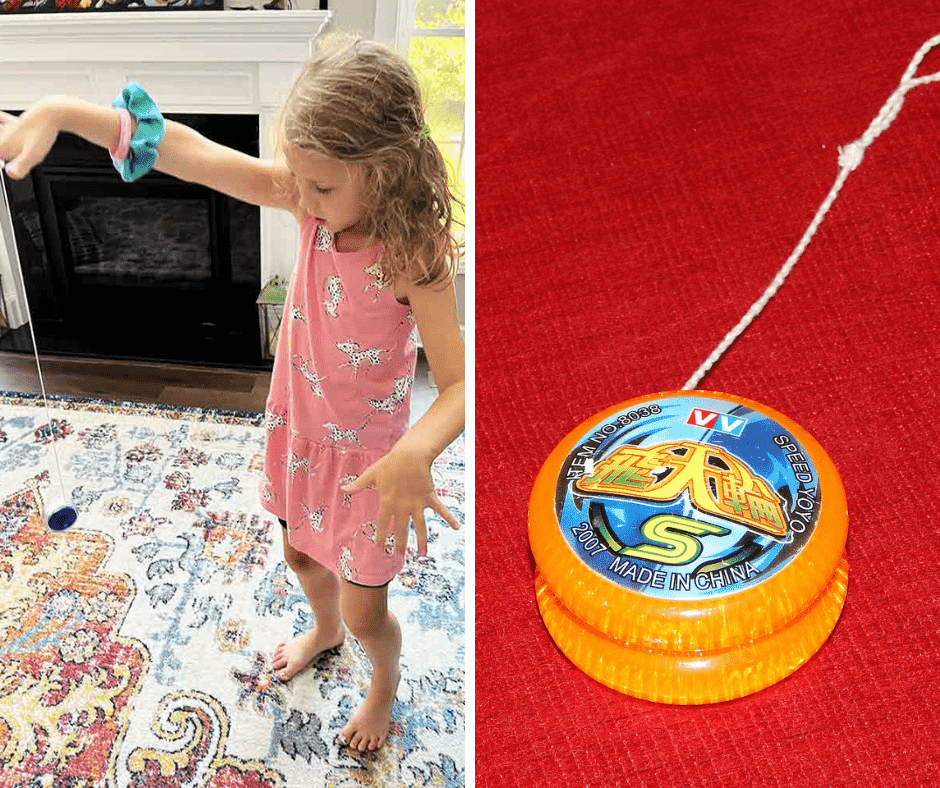
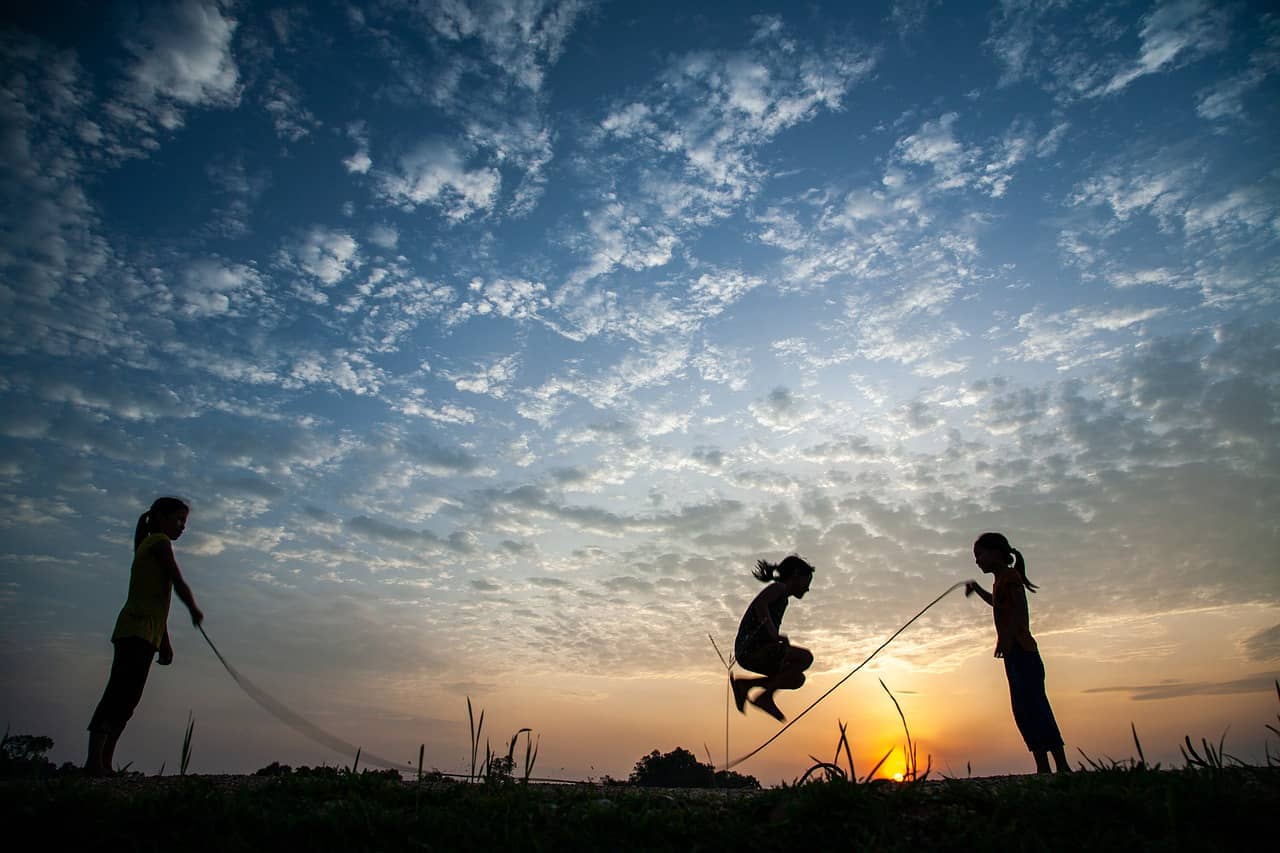



Oh my heck!
I found your article after searching online to see if anyone out there knew what a hoppy taw was. I have one, along with a skate key. And then I started thinking about whatever happened to my Jacks!??
And here you cover it all.
I was born (1964) and raised in SLC! My early years in the Sugarhouse area: 5thE.39th So., 11thE and 39th. And as a young adult in various apartments btwn 7th and 9th E. and 27th and 39th So. I’ve lived in western Montana since I left the homeland in 1993. As I read along I thought, now here’s a woman who gets me!
And is it Hammond Toys that makes it? That’s a Salt Lake company? I did not know that!
I was greatly relieved to know I can still get a hoppy taw, that they still exist, cuz you’re right! If you bring it up people look at you sideways! Your link goes to Amazon. I wonder if I can buy direct from the store?
Thank you so much for this trip down memory lane.
I don’t want to subscribe but my email is Lavenderlori11@gmail.com
Thanks again!
Lori Parr
Lori! Thank you so much for your comments–I LOVED them and you made my day! I was raised in the Sugarhouse area, too–right in the heart–13th East and 2100 South. Did you ever go to the library on Highland Drive? And yes, I took my hoppy taw to school every day–so did all my friends. I have a friend who still has her original hobby taw! You can check out Hammond Toys in SLC, too for a hobby taw. And you can purchase Jacks on Amazon–that’s where I got mine. It’s hilarious watching my grandkids trying to coordinate Jacks. Watching them makes me feel like I had a little bit of coordination as a kid. Like you–moved from SLC to CA. Thanks, again Lori! Love that we have so much in common!
I am thankful for this information. I’m working with a neighborhood museum built-in the 1800s and looking for ways to entertain children who come to the museum with ways. Kids were entertained back at that time.kids can’t touch much in the home ..looking for ways to make a good learning experience.
.
What an amazing project you are involved with! And I’m so glad my information helped you. Isn’t it interesting how children and teens today love the different activities we were engaged with–and play them. Best of luck in what you are doing!